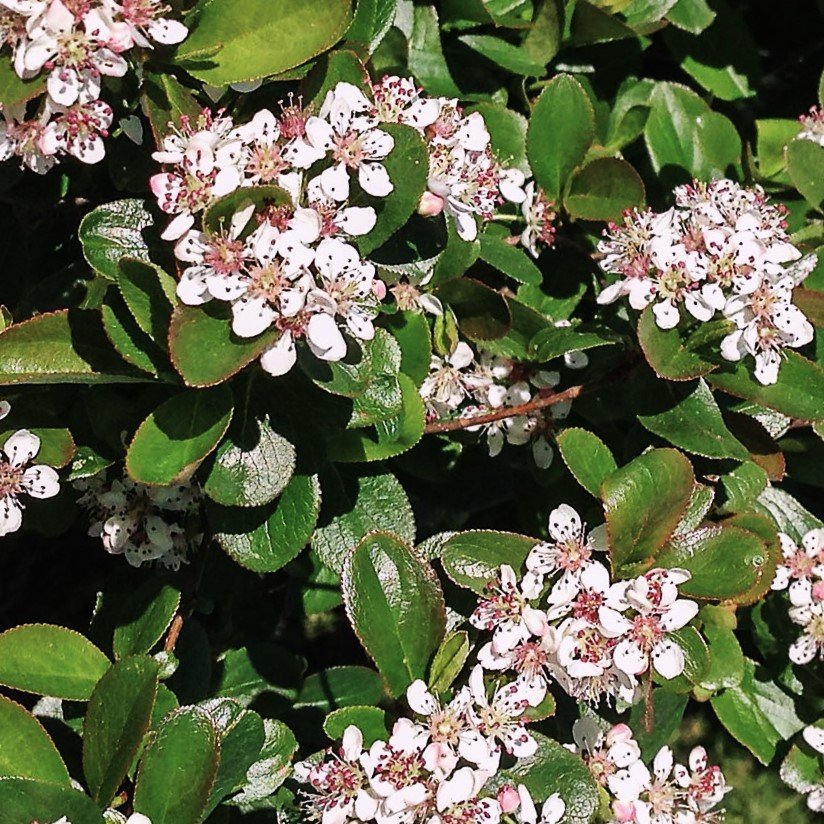 Image 1 of 3
Image 1 of 3

 Image 2 of 3
Image 2 of 3

 Image 3 of 3
Image 3 of 3




Aronia melanocarpa (Black Chokeberry)
Renowned for its "superfruit" berries as well as its habitat value, Black chokeberry, is an open, upright, spreading, deciduous shrub that typically grows 3-6" tall. It can be both rounded and suckering in its form, so care must be taken with placement.
Its native habitat is from Northeastern Canada to the Southeastern U.S., and it"s found in swamps, bogs, moist thickets and woodlands - as well as dry upland areas. All this means that it"s adaptable to a wide variety of soils and hydrology, but it is terrific in areas with standing winter water. It can also thrive in full sun to part shade, making it ideal for areas where other plants might struggle.
In addition to its highly nutritious berries, it features glossy dark-green leaves, long-blooming clusters of creamy white flowers, and glorious fall color with hues ranging from orange-yellow to purple-red!
Their unique set of characteristics makes them desirable for revegetation and habitat enhancements (especially in wet soils or at the margins of ponds or streams). They"re best in natural areas or as part of a hedgerow, where they can be free to spread; however, they can be maintained by occasional removal of the root suckers to prevent colonial spread.
The berries are too bitter to eat raw, but reportedly taste better when cooked - either baked or made into jam or syrup. Some studies suggest that nutrition is highest if consumed after the first frost. Because they are very high in pectin, they are excellent for jams and jellies.
Renowned for its "superfruit" berries as well as its habitat value, Black chokeberry, is an open, upright, spreading, deciduous shrub that typically grows 3-6" tall. It can be both rounded and suckering in its form, so care must be taken with placement.
Its native habitat is from Northeastern Canada to the Southeastern U.S., and it"s found in swamps, bogs, moist thickets and woodlands - as well as dry upland areas. All this means that it"s adaptable to a wide variety of soils and hydrology, but it is terrific in areas with standing winter water. It can also thrive in full sun to part shade, making it ideal for areas where other plants might struggle.
In addition to its highly nutritious berries, it features glossy dark-green leaves, long-blooming clusters of creamy white flowers, and glorious fall color with hues ranging from orange-yellow to purple-red!
Their unique set of characteristics makes them desirable for revegetation and habitat enhancements (especially in wet soils or at the margins of ponds or streams). They"re best in natural areas or as part of a hedgerow, where they can be free to spread; however, they can be maintained by occasional removal of the root suckers to prevent colonial spread.
The berries are too bitter to eat raw, but reportedly taste better when cooked - either baked or made into jam or syrup. Some studies suggest that nutrition is highest if consumed after the first frost. Because they are very high in pectin, they are excellent for jams and jellies.
